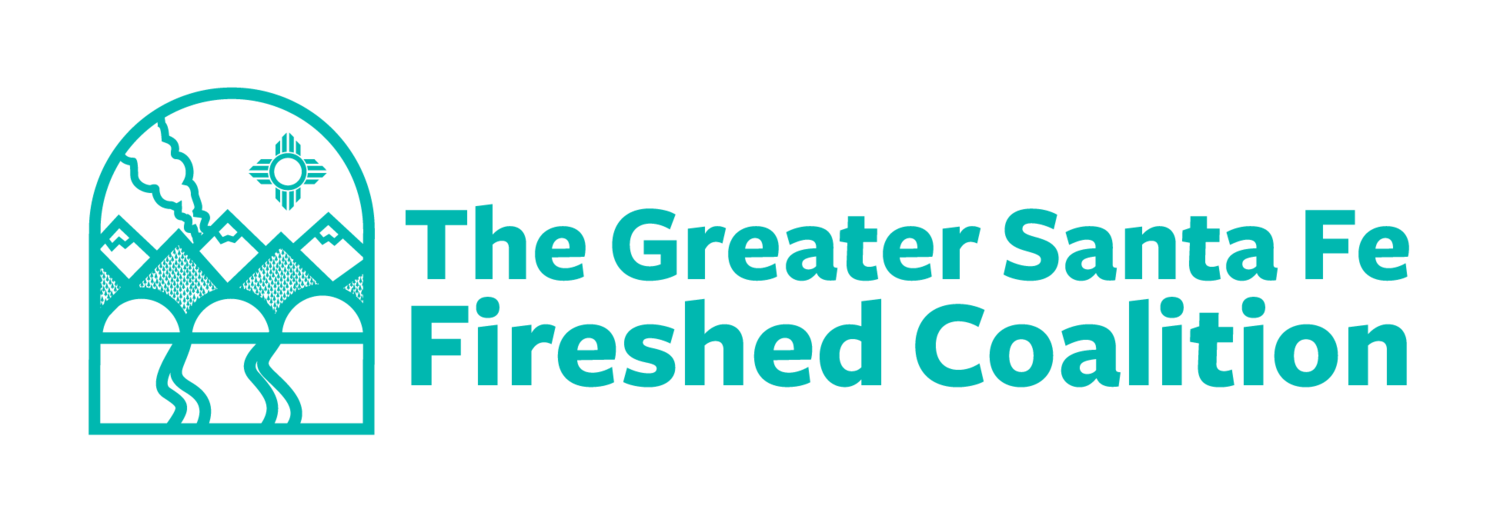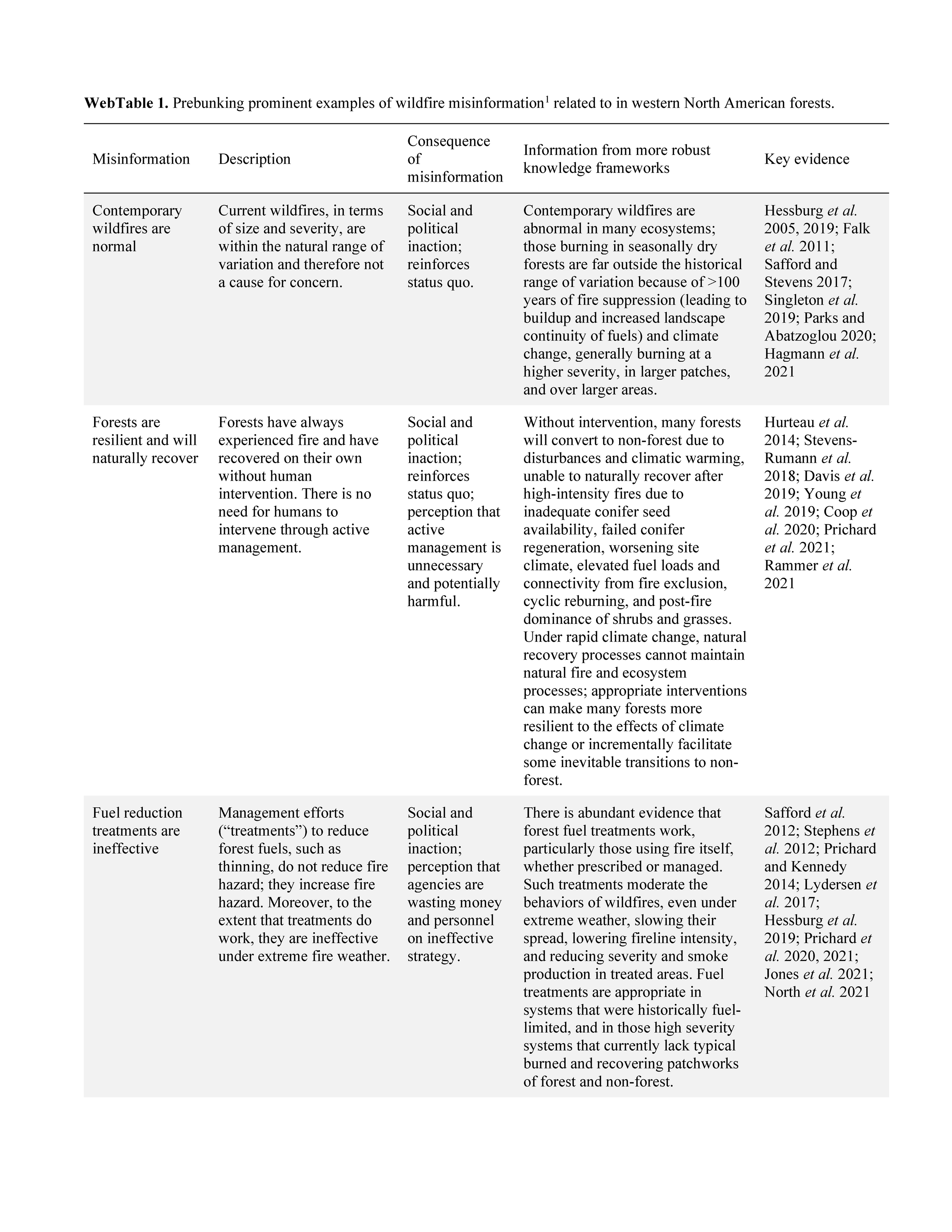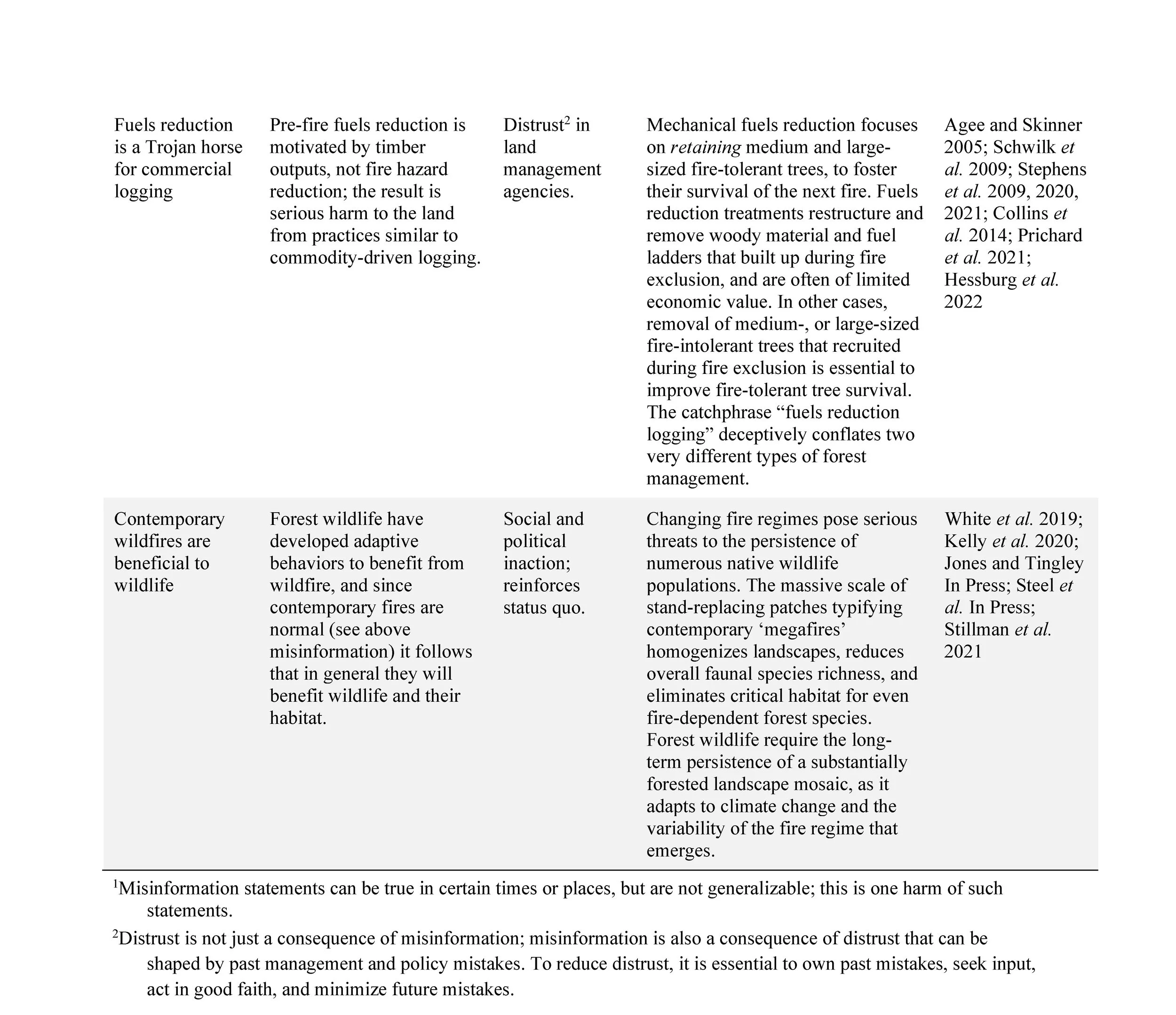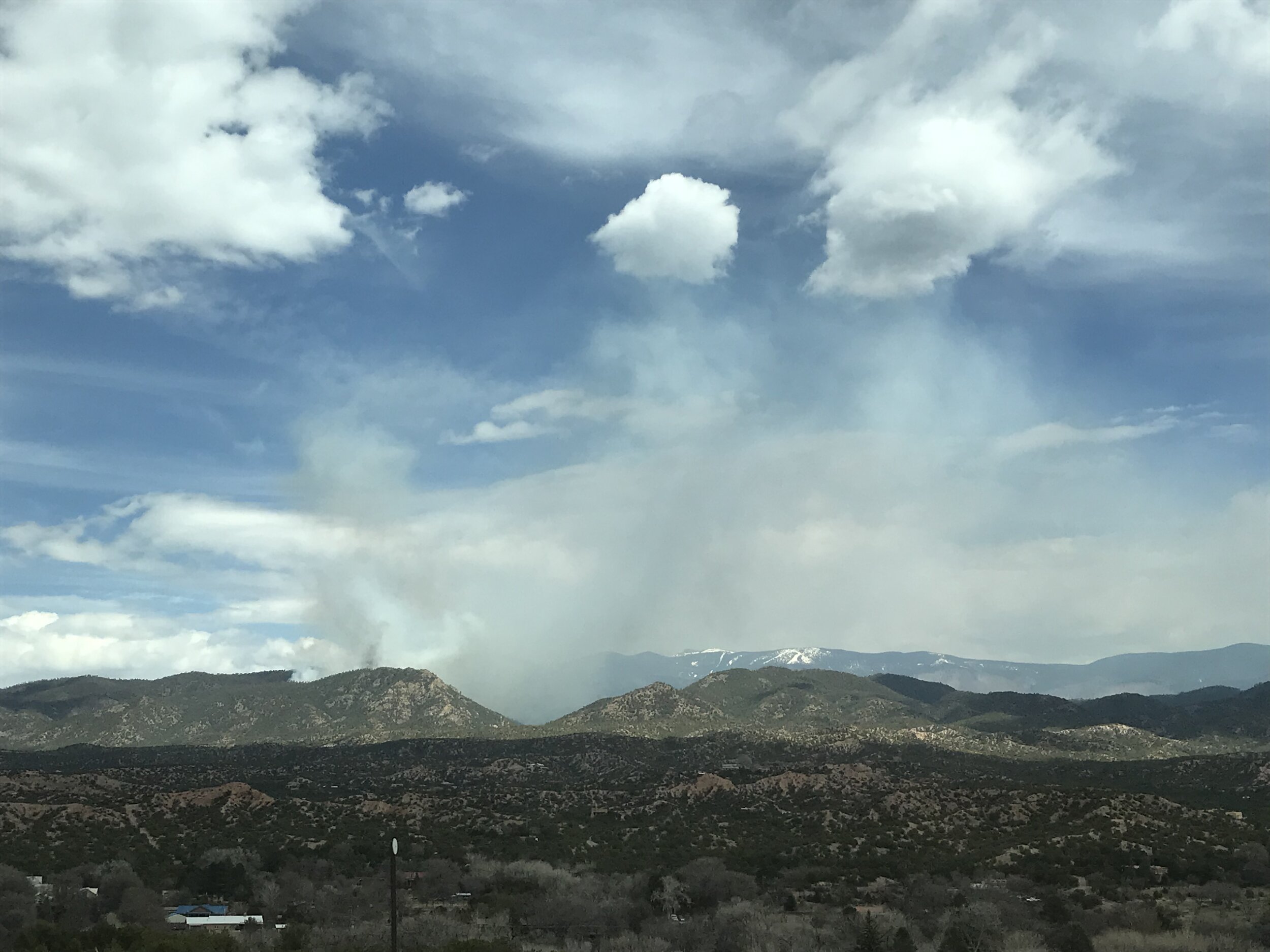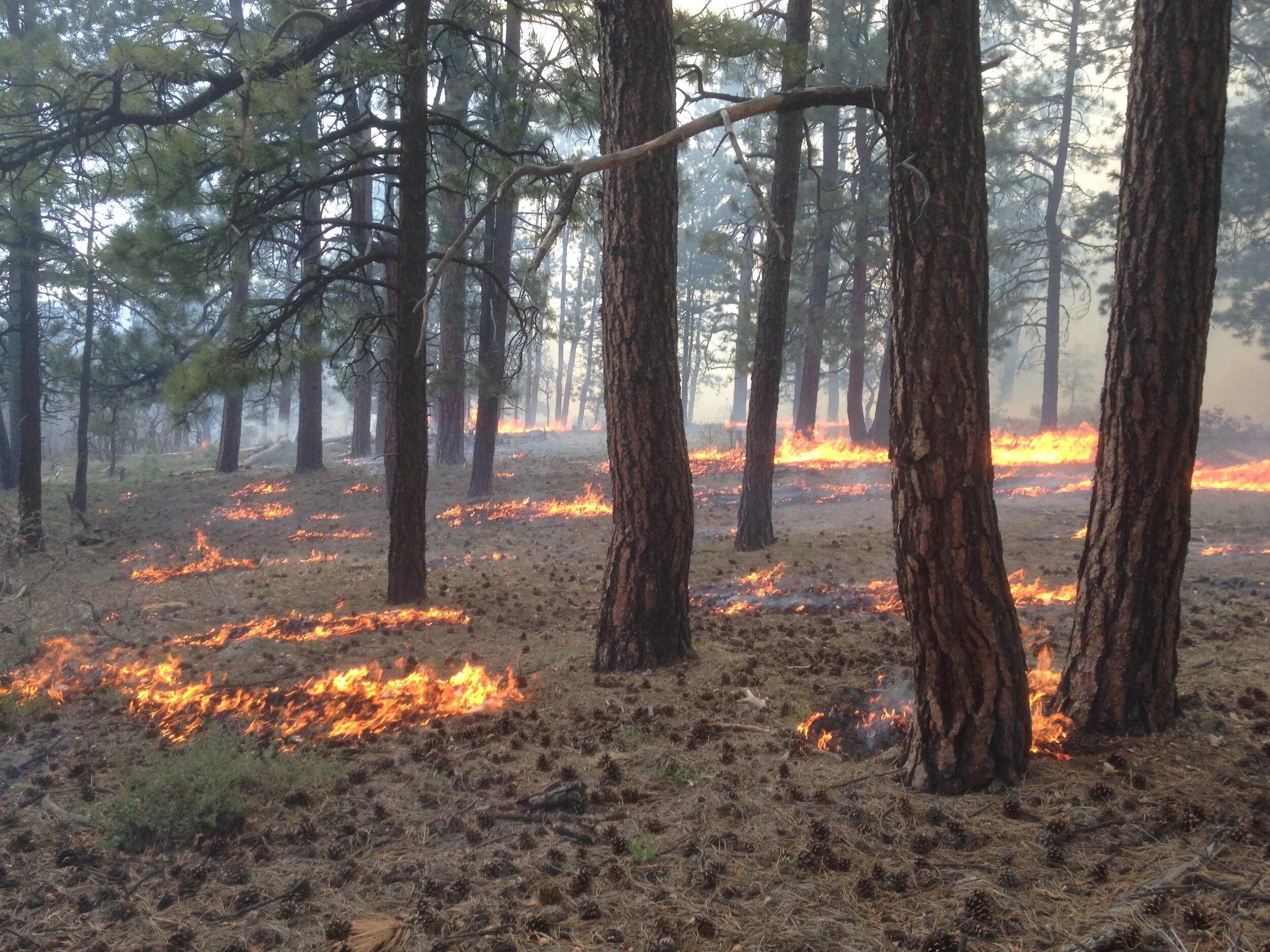The connection between the project and the Coalition
The purpose of the SF Mountains Project is to improve the ecosystem resilience of a priority landscape to future disturbances by restoring forest structure and composition and reducing the risk of catastrophic wildfire. The Fireshed Coalition was founded to help initiate, support and implement landscape-scale vegetation management such as this. The project aligns with the Fireshed Coalition’s stated mission to “use a proactive collaborative approach to improve the health and long-term resilience of forested watersheds and communities… [by] identify(ing) and implement(ing) high priority on-the-ground projects that make the Fireshed and its communities more resilient to wildfire while maintaining and restoring resilient landscapes.”
Understanding the Santa Fe Mountains Landscape Resiliency Project
The SF Mountains Project is a forest management response to an increase in forest vulnerability due to insect outbreaks, disease, and high severity wildfire. As global climate changes, temperature increases and overcrowded forests from a century of fire suppression have changed the structure and composition of the forests surrounding Santa Fe. The susceptibility of adjacent forests to high severity wildfire, of the watersheds to dramatic post-fire flooding and erosion, and of our local economy to the disruption wreaked by these natural disasters have become increasingly apparent. The purpose of the project is to improve the ecosystem resilience of a priority landscape to future disturbances including wildfire, climate change, and insect outbreaks. To meet this purpose, the U.S. Forest Service proposes mechanical and manual vegetation thinning treatments, use of prescribed fire, and riparian restoration on National Forest System (NFS) lands within the project area. The project also includes road closure on up to 1.5 miles of NFS roads.
A critical component of improving resilience in the project area is creating conditions that facilitate the reintroduction of fire, a keystone ecological process, in the frequent-fire vegetation types found across this landscape. This translates to managing forest structure, composition, and densities that would not contribute to active crown fire. Mitigating for catastrophic wildfire is also a way to protect the City of Santa Fe’s Municipal Watershed from post-fire flooding and debris damage to the drinking reservoirs and earthen dams. Protecting this clean water source from high severity fire requires the ecologically-sensitive and science-driven forest management that is proposed in this project.
Learn more about the project here.
Developing a multiparty monitoring plan
The Fireshed Coalition is aiding in the development of the Multiparty Monitoring Plan that is intended to complement and support Forest Service monitoring and community engagement in the SF Mountains Project. This plan proposes multiparty monitoring questions identified and prioritized by the Fireshed Coalition’s Monitoring Committee and the Santa Fe National Forest (SFNF). It also includes a proposed community science bird monitoring effort developed based on public commentary through the NEPA process and other community engagement activities. A proposed review process would allow the monitoring committee, working with SFNF resource specialists and other interested individuals, to periodically review interim monitoring results and make recommendations for future restoration planning and management actions.
How to submit a public comment
Read the EA and the supporting documents found on the USFS project page here. You can browse through maps, appendices, and scoping issues that were addressed.
Visit The commenting webpage to submit your comment electronically. Comments and letters regarding concerns about the project, as well as support for the project, are accepted here.
Submit your comment by 10/29/21
You can review others’ comments in the reading room after they have been submitted and reviewed. Letters that may contain proprietary or sensitive resource information, or that may be otherwise sensitive, are automatically withheld from being displaying in the reading room, but all letters received will still be considered and included as part of the record for this project.
